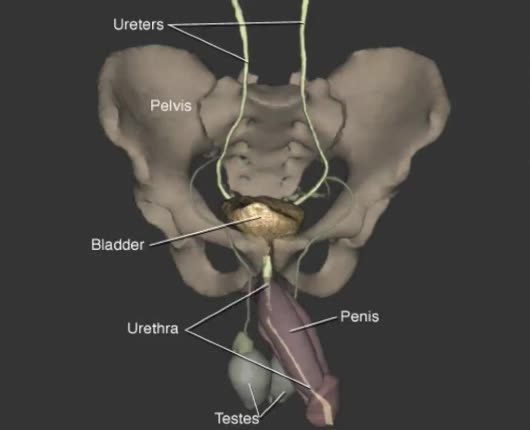Forming urine ( influencing factors), Forming dilute urine & Forming concentrated urine
By: HWC
Date Uploaded: 11/06/2019
Tags: homeworkclinic.com Homework Clinic HWC Forming urine nephron Body fluid volume renal cortex distal convoluted tubule proximal covoluted tubule henle Forming dilute urine medullary osmotic gradient Forming concentrated urine medulla
• The amount of urine produced by the nephron depends on : • Body fluid volume. • Body fluid composition. • Dilute urine is formed when the body is normally hydrated. • The medullary osmotic gradient determines the osmolarity of the filtrate. • Filtrate osmolarity increases as it flows down the descending limb of the loop. • The ascending limb of the loop is highly permeable to solutes, but impermeable to water. • Filtrate osmolarity decreases as it flows up the ascending limb because the solutes leave and water cannot enter. • As filtrate enters the distal convoluted tubule its osmolarity is much lower than blood osmolarity. • Since the distal convoluted tubule and collecting ducts are not very permeable to water but permeable to solutes, filtrate osmolarity continues to decrease. • Urine exiting the collecting duct has lost most of its solutes and has a very low osmolarity. • Large volumes of dilute urine are formed. • When the body is dehydrated, or large amounts of fluids are lost, the nephron produces concentrated urine. ▪ Filtrate production occurs much as it does when the body is not dehydrated. ▪ The high blood osmolarity that occurs during dehydration triggers the release of ADH. • ADH promotes the production of water pores in the cells of the collecting duct in the medulla. • As more water is reabsorbed from the collecting ducts, the filtrate osmolarity becomes higher. • The filtrate becomes more and more concentrated, conserving water. • The water eventually moves, via osmosis, into the blood, increasing blood volume and decreasing blood osmolarity.
Add To
You must login to add videos to your playlists.
Advertisement












Comments
0 Comments total
Sign In to post comments.
No comments have been posted for this video yet.